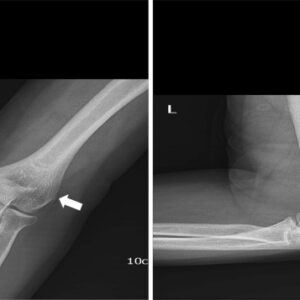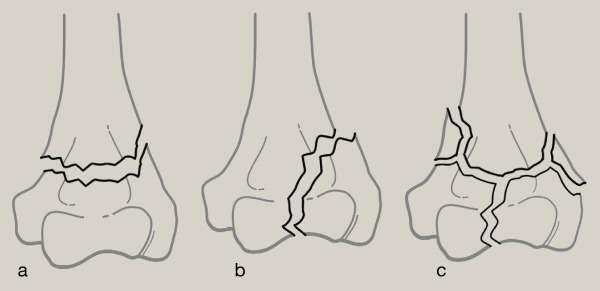Elbow Arthroscopy: Procedure, Benefits, and Recovery
Elbow. Information for professionalsElbow Arthroscopy Overview What Is Arthroscopy? Arthroscopy is a minimally invasive surgical procedure that allows orthopaedic surgeons to diagnose and treat joint problems. The term “arthroscopy” is derived from the Greek words “arthro” (joint) and “skopein” (to look), meaning “to look within the joint.” During an elbow arthroscopy: A small
Elbow Arthroscopy: Procedure, Benefits, and Recovery Read More »












